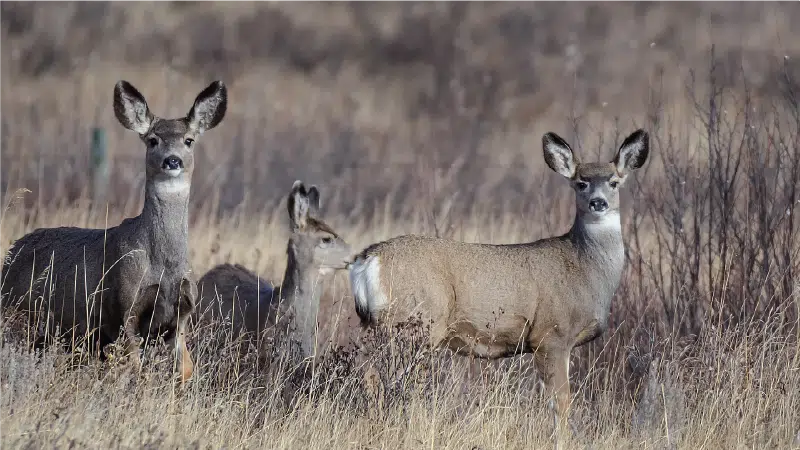MADISON, Wis. — Birders, photographers and casual nature enthusiasts have flocked to downtown Madison in recent days for the chance to catch a glimpse of one of the snowy owls that have made Madison their temporary winter home.
“They’re a magical bird,” Ryan Brady, a conservation biologist with the Wisconsin Department of Natural Resource’s Bureau of Natural Heritage Conservation, said. “People love ‘em.”
Snowy owls, known in the scientific community as Bubo Scandiacus, are native to the Arctic region and tend to call northern Canada home. During the winter months, though, they’re known to migrate south to southern Canada and the Northern U.S., including Wisconsin.
This year, according to the latest DNR estimates from early January, 143 snowy owls had been recorded in 54 of Wisconsin’s 72 counties.
According to Brady, the birds typically search for environments that resemble their native tundras and usually end up in snowy grasslands, wetlands and even airports. In Madison, the owls have been spotted perched on ice chunks on the city’s frozen lakes.
Inevitably though, some end up in urban areas too.
“These are birds from the Arctic. They’ve never seen people or really development before, and many of them are what we call young-of-the-year birds; they just hatched this past summer and came from the nest,” Brady said. “So they’re really unfamiliar with the territory and landscape out there.”
Their presence in the downtown Madison area means avid birders like Cynthia Carlson have a chance to see one for themselves.
“Owls in general I think people really connect with. I don’t know if it’s because their eyes and their face look like us, but they’re just wonderful to see,” Carlson said. “They’re usually alone and hard to find, so it’s special that it’s here in town.”
With urban environments come a whole new set of threats for the birds, Brady said. That includes interactions with prospective bird watchers.
“It’s a really important consideration that everybody make is that our actions can have an impact on the owls. So first and foremost, we don’t want to get too close. That can really vary by species of owl and bird, as well as individuals.”
Despite the temptation, Brady said bird watchers should avoid trying to take photos with their cell phones because that would likely require getting closer than they should, and that could prompt the birds to fly off and waste unneeded energy. If the owls waste too much energy fleeing avoidable confrontations, they’re more likely to lack the energy they need for hunting or avoiding other urban dangers like oncoming cars.
People should also avoid trying to feed the birds because, as Brady said, they’re fully capable on their own.
In a bit of parting advice, Brady recommended taking a trip to some of the less populated areas in Dane County for the chance to find a snowy owl in a more natural habitat.
“Go take a drive or visit a high-quality wetland or grassland in the surrounding area. Often that can be a more satisfying experience. It feels a little more wild. Maybe there’s not a bunch of traffic. You can view the bird safely from a distance.”
Photojournalist Lance Heidt contributed to this story.
COPYRIGHT 2022 BY CHANNEL 3000. ALL RIGHTS RESERVED. THIS MATERIAL MAY NOT BE PUBLISHED, BROADCAST, REWRITTEN OR REDISTRIBUTED.









